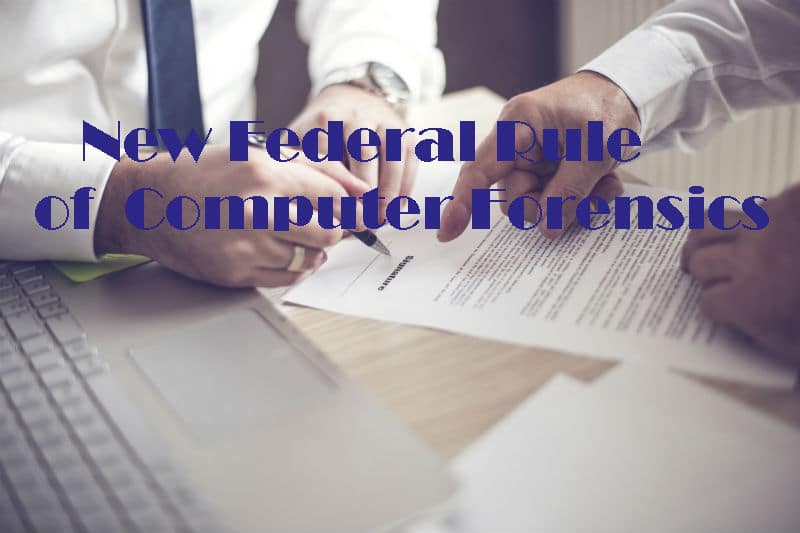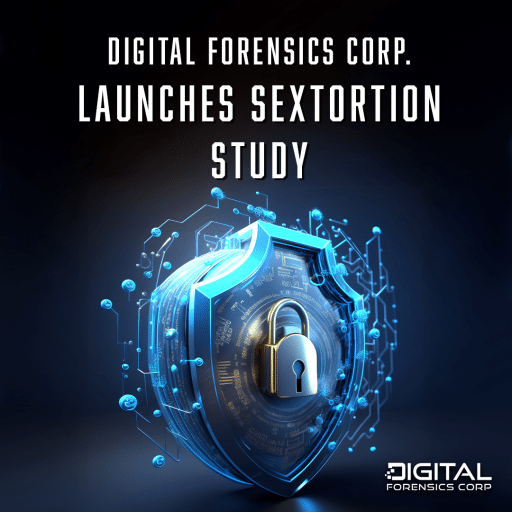On December 1, 2017 will come changes to the Federal Rule of Evidence 902. This amendment will have a very significant impact on the practice of customers and partners. This amendment, in the form of new subsection (14), is anticipated by the legal community to significantly impact eDiscovery and computer forensics software and its use by establishing that electronic data recovered “by a process of digital identification” is to be self-authenticating, thereby not routinely necessitating the trial testimony of a forensic or technical expert where best practices are employed, as certified through a written affidavit by a “qualified person.”
The rule 902, in its current form, it lists a number of documents that are supposed to be self-authenticating without other signs of authenticity. The new subsection (14) will now include electronic data, collected through digital identification the process as a key addition to this important rule. When adopting the amendment rule 902 (14), the courts will rely heavily on the accompanying notes of the Advisory Committee of the Judicial Conference, which provide guidance and insight as to the intentions of the laws and how they should be applied. Rule 902(14) is designed to streamline the admission of electronic evidence where its foundation is not at issue.
While Rule 902(14) applies to the Federal Courts, the Rules of Evidence for most states either mirror or closely resemble the Federal Rules of Evidence, and it is thus expected that most if not all 50 states will soon adapt this amendment.
To learn more about this Rule 902(14), and other related topics, you can visit the webinar discussion led by David Cohen, partner and chairman of the Records & Ediscovery Group LLP Reed Smith, Thursday, December 15 at 10: 00 am PST time / 1:00 pm EST. 45-minute webinar will include a 15 – minute Q & A at the end of the discussion.
More.






